Europe is full of unmissable historic sites that are waiting to be discovered by history lovers. From iconic capitals to lesser-known locations, here are five affordable destinations for a European city break filled with history.
Europe’s rich and distinctive history. From medieval castles, and ancient Greek ruins to wartime bunkers, there is so much to discover in each European destination. For those who want to immerse themselves into history’s labyrinths, here are the most affordable places to visit in Europe if you’re a lover of history.
Berlin, Germany
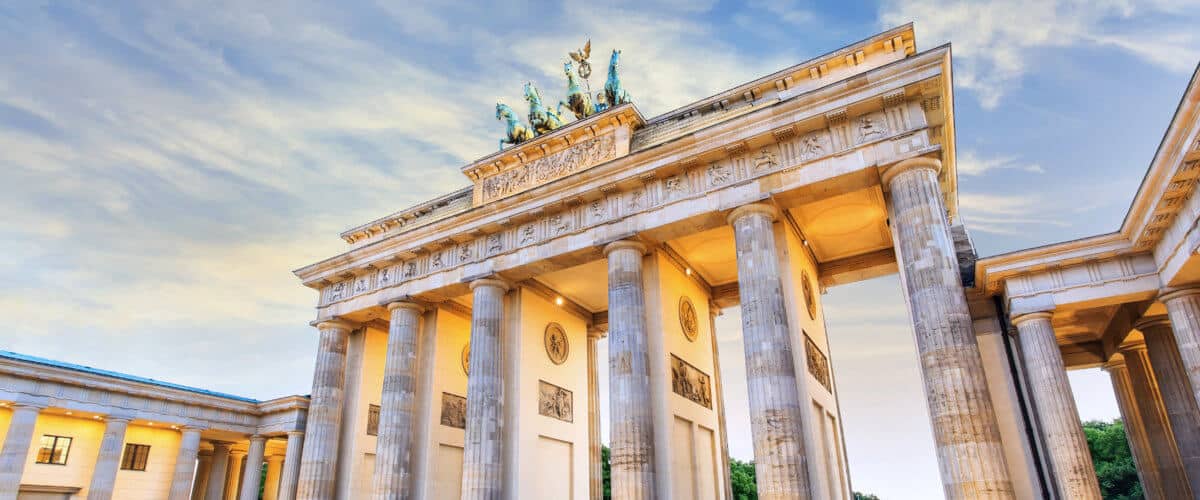
Although Berlin has a rich cultural history that composes of music, fine arts, and politics, the city’s modern history is what attracts the majority of visitors looking for a historic glimpse into the Cold War (1933–1990). Among some of the most fascinating and must-see historical sites, you can find the Topography of Terror, the Jewish Museum, the Holocaust Memorial, the Berlin Stasi Prison, and the Checkpoint Charlie. And, of course, the famous Berlin Wall that was built by the Soviet Union to separate the city into two sides.
Although most of Berlin was destroyed by bombings during WWII, however, the city was rebuilt and all of its historical memories are held in a specific district called the Museum Island. Berlin’s variety of museums, memorials, and historic sites offers travelers the opportunity to really explore this period in time.
Rome, Italy
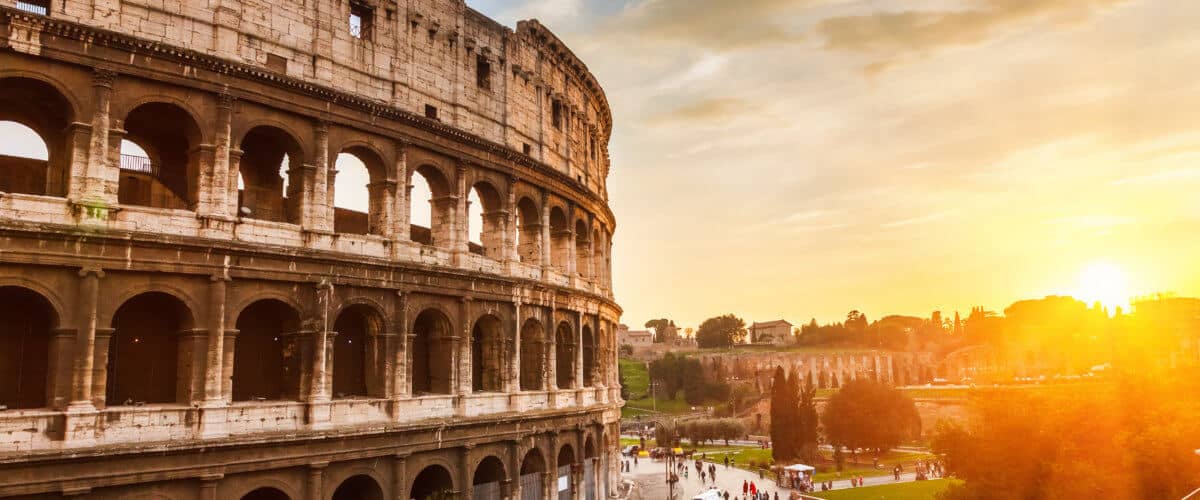
Rome can be easily called a playground for those looking for a combination of ancient, medieval, and modern history. Among some of the top attractions lies the famous Colosseum which is almost 2000 years old and Vatican City which is the main center of the Roman Catholic Church.
Founded in 753 B.C., Rome has been one of the most influential places throughout European history. One look at the city will definitely make you see why. Bustling with historic sites, Rome is an incredible city break destination for any traveler looking for an immersion into ancient history. From the Pantheon, the Roman Forum, St Peter’s Basilica to the Sistine Chapel which holds the most famous work of Michelangelo, you will not run out of things to discover.
Budapest, Hungary
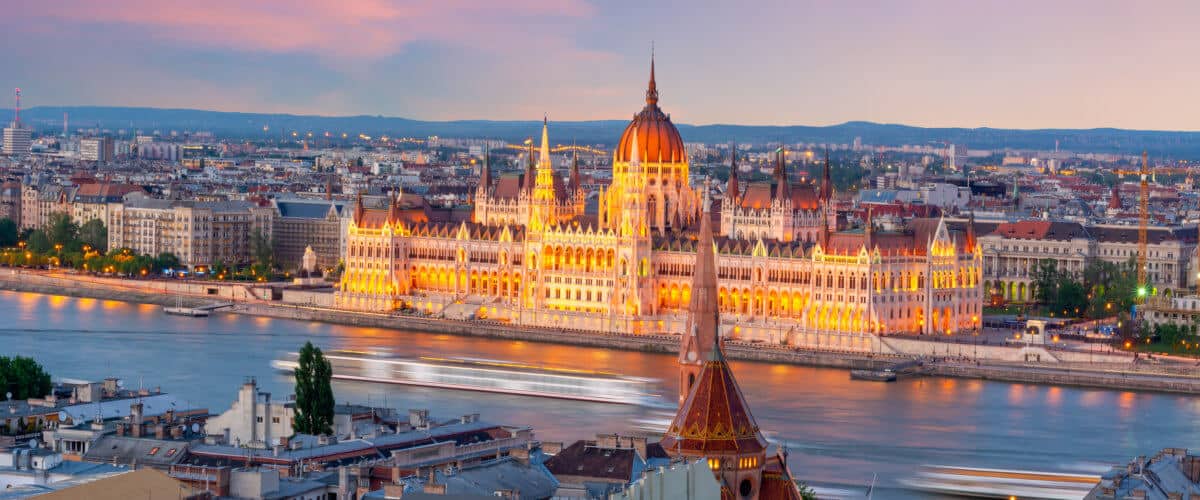
If you are looking for a mixture of different historical periods in one place, look no further than the Hungarian capital — Budapest. The fascinating blend of different historic sites makes the city a perfect city break for those with an admiration for the cultural history of central Europe.
Among the top sites is the fairytale-like Fisherman’s Bastion which was built in the 19th century, the medieval Matthias Church with its royal connections, and the famed Buda Castle which is a proud owner of a variety of museums. Asides from rich cultural history, Budapest also offers a glimpse into ancient history through the Roman ruins of Aquincum and a glimpse into the tragic modern history with the help of the museum of the House of Terror.
Athens, Greece
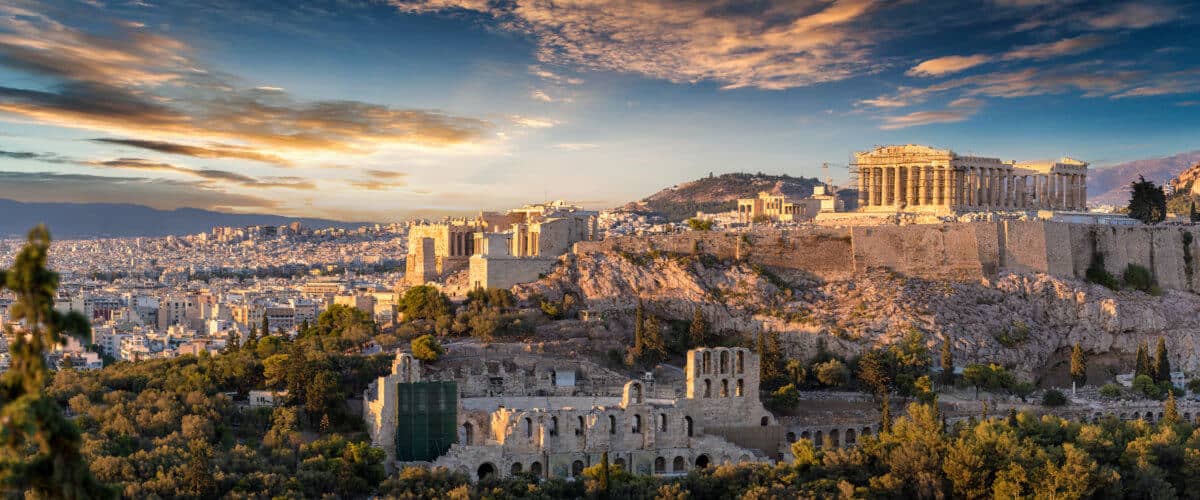
Athens. the oldest city in Europe and one of the oldest in the whole world dates back to the 5th century BC. Filled with Greek Mythology and culture, and architecture related to it, walking around the streets of Athens will take you back to the times of Socrates, Aristotle, and Plato.
Among the top must-visit sites, you can find the Acropolis which is actually one of the few fully intact structures remaining that is a perfect example of Doric architecture. Another site worth mentioning is the Parthenon Temple which stands high above the city of Athens on a mountain. This incredible ancient citadel dates back to the 5th century B.C., making it over 2,400 years old.
Oświęcim, Poland
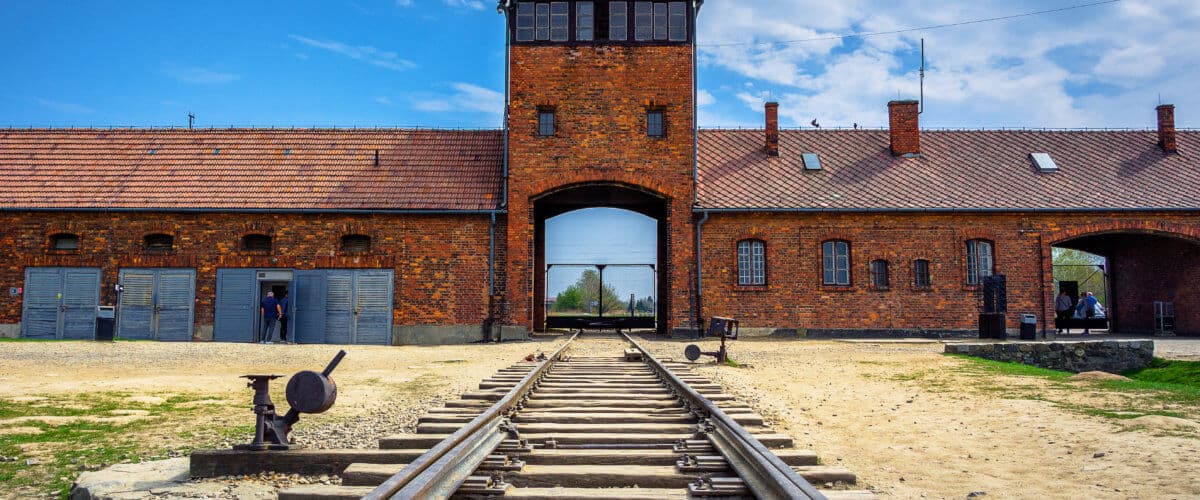
Oświęcim is mostly known for its dark historical site — Auschwitz-Birkenau concentration camp. If you are interested in World War II history, a visit to Auschwitz is a truly insightful experience that everyone should have at least once in their life.
Offering a complete insight into the life of the German Nazi concentration camps, Auschwitz is probably the best World War II-related tour in Europe. The site allows us not only to pay respects to the 1.1 million people that lost their lives there but also to better understand how this tragic period in history happened and how it can be avoided from happening again in the future.
Photo: Look Studio/Shutterstock
You might also like:
Support us!
All your donations will be used to pay the magazine’s journalists and to support the ongoing costs of maintaining the site.
Share this post
Interested in co-operating with us?
We are open to co-operation from writers and businesses alike. You can reach us on our email at [email protected]/[email protected] and we will get back to you as quick as we can.










